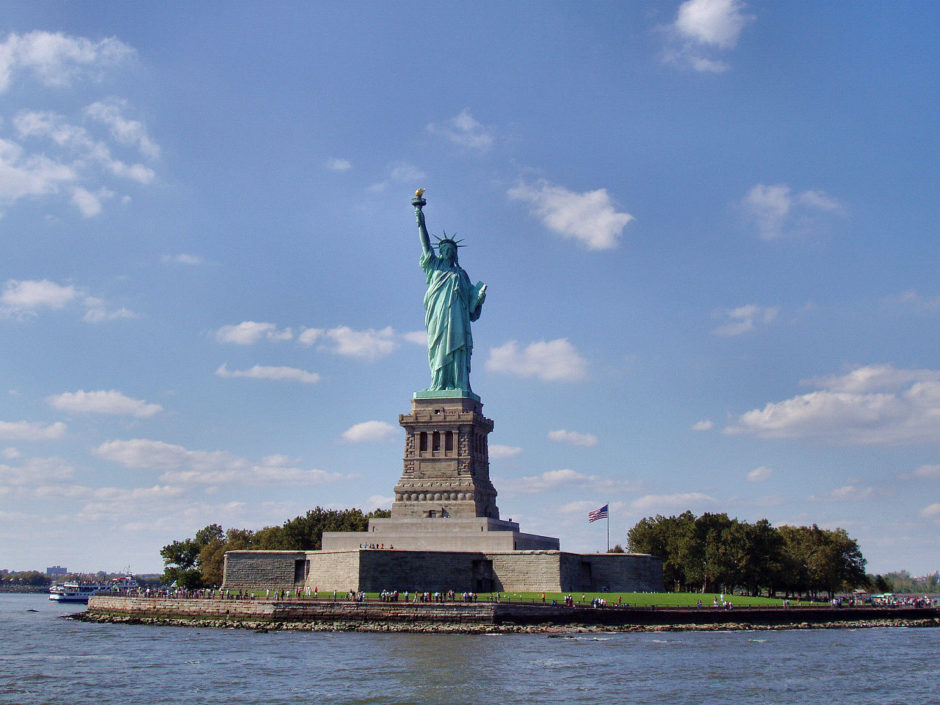In 20 terrifying, blood-soaked minutes on the morning of October 27, a neo-Nazi lunatic filled with hatred of Jews went on a murderous rampage, leaving the Jewish community in Pittsburgh shaken to its core and traumatized.
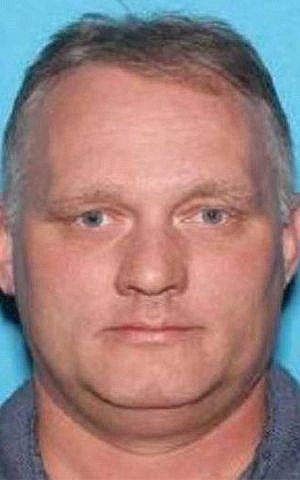
Brandishing an assault rifle and several handguns, and shouting antisemitic slurs like “all Jews must die,” Robert Bowers, a 46-year-old latter-day pogromist, burst into the Tree of Life Congregation in the city’s Squirrel Hill neighborhood and fatally shot 11 people ranging in age from 54 to 97. He was apprehended following a shootout during which he and four police officers were wounded.
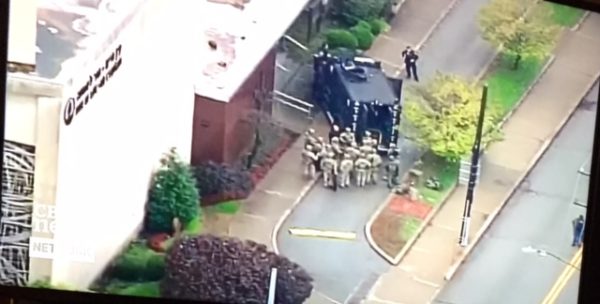
Bowers’ unprecedented attack, the single deadliest assault on Jews in U.S. history, marked the first time an antisemitic assailant had broken into a synagogue and killed some of its members.
A lone wolf attacker, he has been charged with 29 criminal counts — 11 counts of criminal homicide, six counts of aggravated assault and 13 counts of ethnic intimidation. U.S. Attorney-General Jeff Sessions speculated that his crimes “could lead to the death penalty.” Sessions added that “hatred and violence on the basis of religion can have no place in our society.”
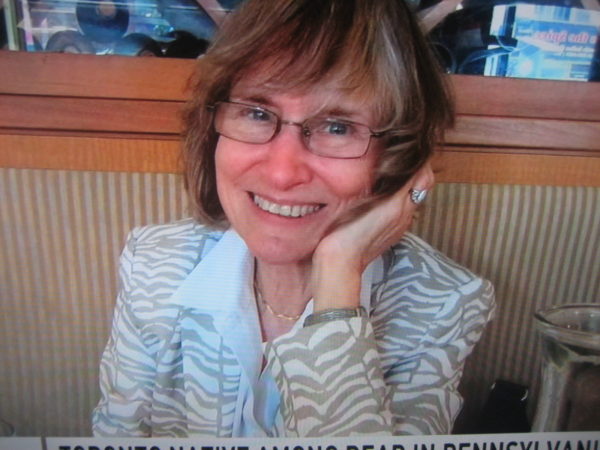
President Donald Trump, whose son-in-law and senior advisor Jared Kushner is Jewish, expressed sorrow. “It’s a terrible, terrible thing what’s going on with hate in our country,” he said. “Something has to be done.”
Bowers’ attack was the latest in a string of assaults on houses of worship in the United States, whose gun control laws are considered quite lax by Canadian standards.
Four years ago, a gunman killed six Sikh worshipers at a temple in Oak Creek, Wisconsin. In 2015, nine African Americans in Charleston, South Carolina’s Mother Emmanuel Church were murdered by a white supremacist. And in 1963, during the tense civil rights era, a Baptist church in Birmingham, Alabama, was bombed by the Ku Klux Klan, claiming the lives of four African American girls.
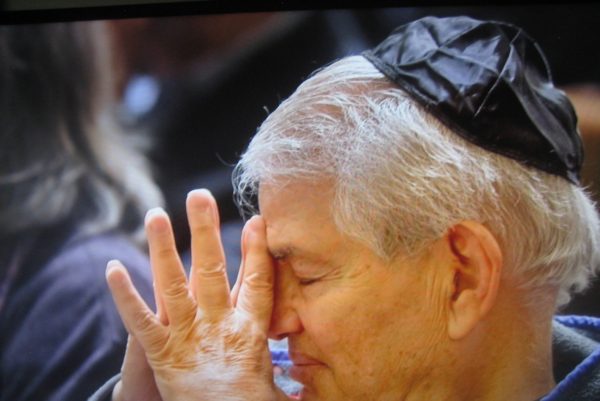
The terrible events in Pittsburgh unfolded 14 months after neo-Nazis and white supremacists stunned the nation by staging a brazen torch-lit march in Charlottesville, Virginia, during which they chanted, “Jews will not replace us.” With the marchers shouting inflammatory slogans across the street, the synagogue in Charlottesville removed its Torah scrolls for safekeeping in a precaution that would have seemed inconceivable a few years ago.
It’s clear that the United States has become increasingly politically polarized since Trump’s election almost two years ago. The radical right, a malevolent force in American society, has been emboldened by his presidency, as former Ku Klux Klan leader David Duke acknowledged recently.
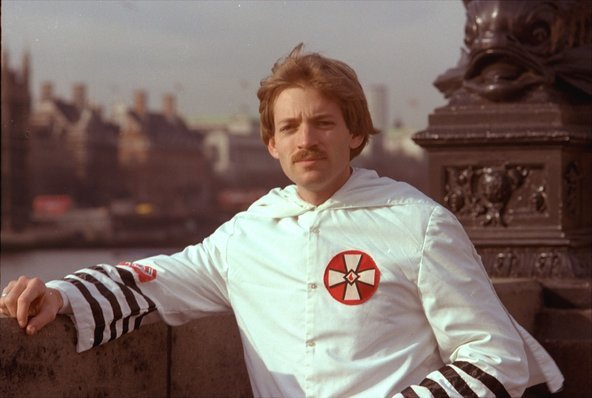
Trump has denounced racism and antisemitism, but after Charlottesville he drew an equivalency between the far left and the alt-right. “I think there is blame on both sides. You had some very bad people in that group,” Trump said, referring to the alt-right groups rallying against the removal of a Confederate statue of Robert E. Lee. “But you also had people that were very fine people, on both sides.”
Trump’s analogy raised the hackles of many Americans, who accused him of ignorance and insensitivity by lumping together fascists and anti-fascists.
Trump also upset many people when he retweeted an image of Hillary Clinton, his Democratic opponent, against a backdrop of dollar bills and a six-pointed star that resembled the Star of David.
Since he assumed the presidency, the Anti-Defamation League reported last February, the number of antisemitic incidents has increased dramatically. As the ADL put it, “It was nearly 60 percent higher in 2017 than in 2016, the largest single-year increase on record and the second highest number reported since ADL started tracking incident data in the 1970s.”
The ADL tabulated “1,015 incidents of harassment, including 163 bomb threats against Jewish institutions, up 41 percent from 2016; 952 incidents of vandalism, up 86 percent from 2016; and 19 physical assaults, down 47 percent from 2016.”
According to the FBI, which has taken charge of the Bowers case, Jews are more likely to be the target of hate crimes than any other minority in the United States.
The incidence of antisemitism reflects the dark underbelly of a nation that once embraced slavery and held fast to a web of Jim Crow segregationist conventions, customs and laws that oppressed, demeaned and humiliated African Americans.
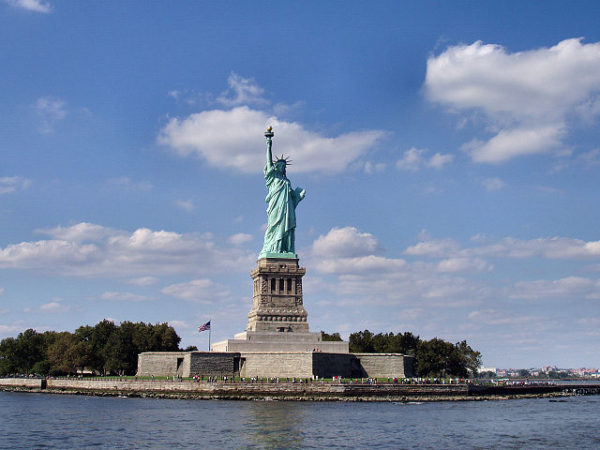
In 1883, less than a decade before the U.S. Supreme Court enacted its discriminatory “separate but equal” verdict concerning the status of African Americans in the United States, the Jewish poet Emma Lazarus wrote the poem The New Colossus to raise funds for the construction of a pedestal for the Statue of Liberty in New York City harbor.
The last lines of her iconic poem read:
Give me your tired, your poor,
Your huddled masses yearning to breathe free,
The wretched refuge of your teeming shore,
Send these, the homeless, tempest-toss to me.
In 1903, The New Colossus was cast onto a bronze plaque and mounted inside the pedestal’s lower level, as if to suggest that immigrants were welcomed in America, regardless of their backgrounds.
The United States was indeed a melting pot. Millions of Europeans, including Jews fleeing pogroms in Eastern Europe, poured into the country and enriched it immensely. But some Americans were deeply resentful of the newcomers. They much preferred Christian immigrants from northern Europe.
Tapping into their concerns, prejudices and fears that white America was in dire danger of being swamped by so-called undesirables, the U.S. Congress passed a series of laws in the first two decades of the 20th century that drastically restricted immigration.
During this period, antisemitism was a painfully common and overt phenomenon in America. It affected Jews looking for jobs, renting apartments, buying homes and applying to universities and country clubs. It colored Americans’ attitudes toward Jews. It was a scourge Jews had to live with on a daily basis.
Open antisemitism in the United States gradually faded away after World War II and the Holocaust, the ultimate expression of unbridled anti-Jewish animus. But it never disappeared, with polls regularly indicating that 10 percent to 15 percent of Americans held hardcore antisemitic views.
During the 1920s, 1930s and 1940s, nativist Americans supported rabidly antisemitic organizations such as the Ku Klux Klan and the Silver Shirts. Since the 1950s and 1960s, they have flocked to blatantly racist outfits like the American Nazi Party and Aryan Nations.
American antisemites have always regarded synagogues as convenient targets.
On October 12, 1958, the Hebrew Benevolent Congregation, Atlanta, Georgia’s oldest synagogue, was damaged when 50 sticks of dynamite exploded in its recessed entranceway. Much to the consternation of the Jewish community, the two suspects were acquitted.
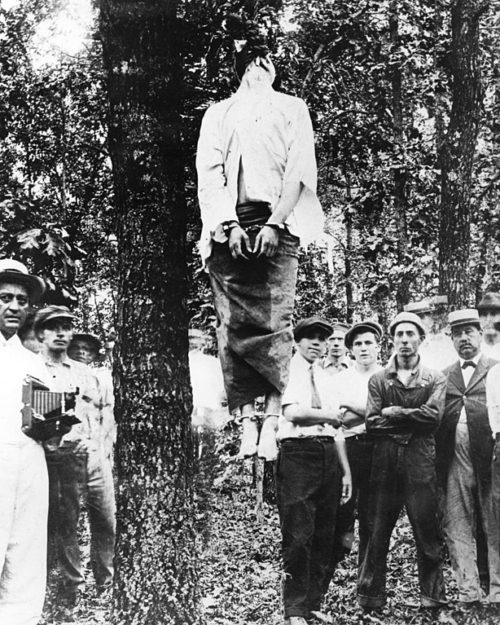
The bombing evoked memories of the notorious lynching of Leo Frank in Georgia in 1915. The only Jew ever to be lynched on American soil, he was accused of murdering one of his employees, the teenager Mary Phagan. Frank was exonerated, but the local branch of the Ku Klux Klan abducted him from his prison cell in vigilante style and hanged him.
In the past two decades, neo-Nazis have set fire to or fired on synagogues in Oregon, California, New York and Nevada, but in none of these incidents was anyone killed.
Two days ago, Bowers became the first antisemitic bigot to inflict death on members of an American shul.
Earlier in October, he posted a link on Gab, an alt-right social network site, in which he lambasted the Hebrew Immigrant Aid Society (HIAS), a non-profit Jewish organization that assists new immigrants and refugees. Bowers’ caption read: “Why hello there HIAS! You like to bring in hostile invaders to dwell among us?”
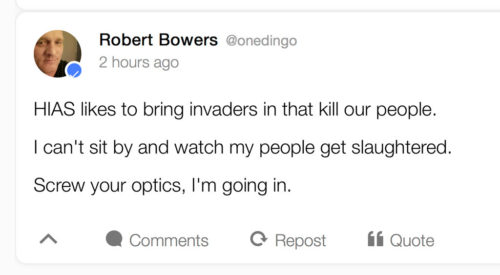
A few hours before he launched his onslaught, he posted another link on Gab: “HIAS likes to bring invaders in that kill our people. I can’t sit by and watch my people get slaughtered. Screw your optics, I’m going in.”
Bowers’ rampage was reminiscent of previous antisemitic attacks in the United States since the 1990s.
On August 10, 1999, Buford O’Neal Furrow fired 70 shots in the lobby of the North Valley Jewish Community Center in Los Angeles, wounding five people. Furrow, a white supremacist with ties to Aryan Nations, eventually surrendered to the FBI. He later said he hoped his attack would inspire others to target Jews. He is serving a life sentence in prison.
On July 28, 2006, Naveed Afzal Haq, a Muslim who hated Israel, shot six women at the Seattle Jewish Federation, killing one. He received a life sentence.
On June 10, 2009, James Wenneker von Brunn, a white supremacist and Holocaust denier who admired Adolf Hitler, entered the U.S. Holocaust Memorial Museum in Washington, D.C., and fatally shot a security guard. Before he could be sentenced, he died. He was 89.
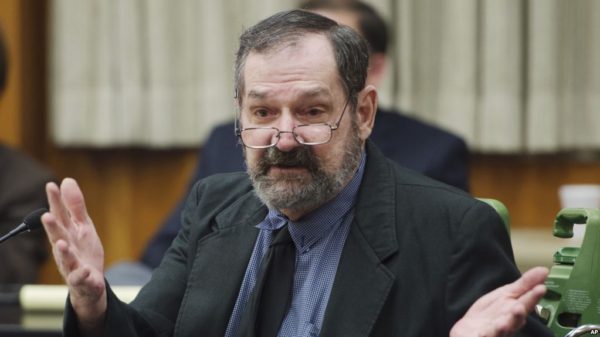
On April 13, 2014, Frazier Glenn Miller Jr., a neo-Nazi and a former Ku Klux Klan member, opened fire in the parking lot of the Jewish Community Center of Greater Kansas City in Overland Park, Kansas. He then drove to Village Shalom, a nearby Jewish retirement home, where he also shot at people in a parking lot. As it happened, his victims were non-Jews. Miller, having been sentenced to death, is currently on death row.
To this list of antisemitic extremists, Bowers’ name can now be ignominiously added.
